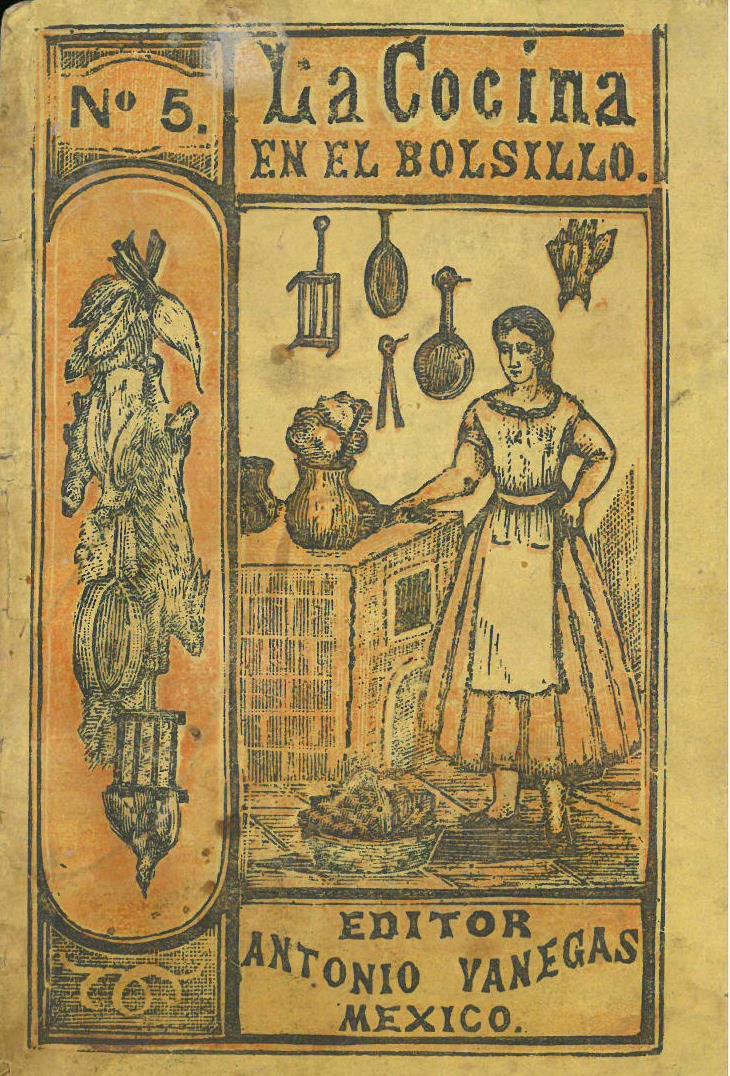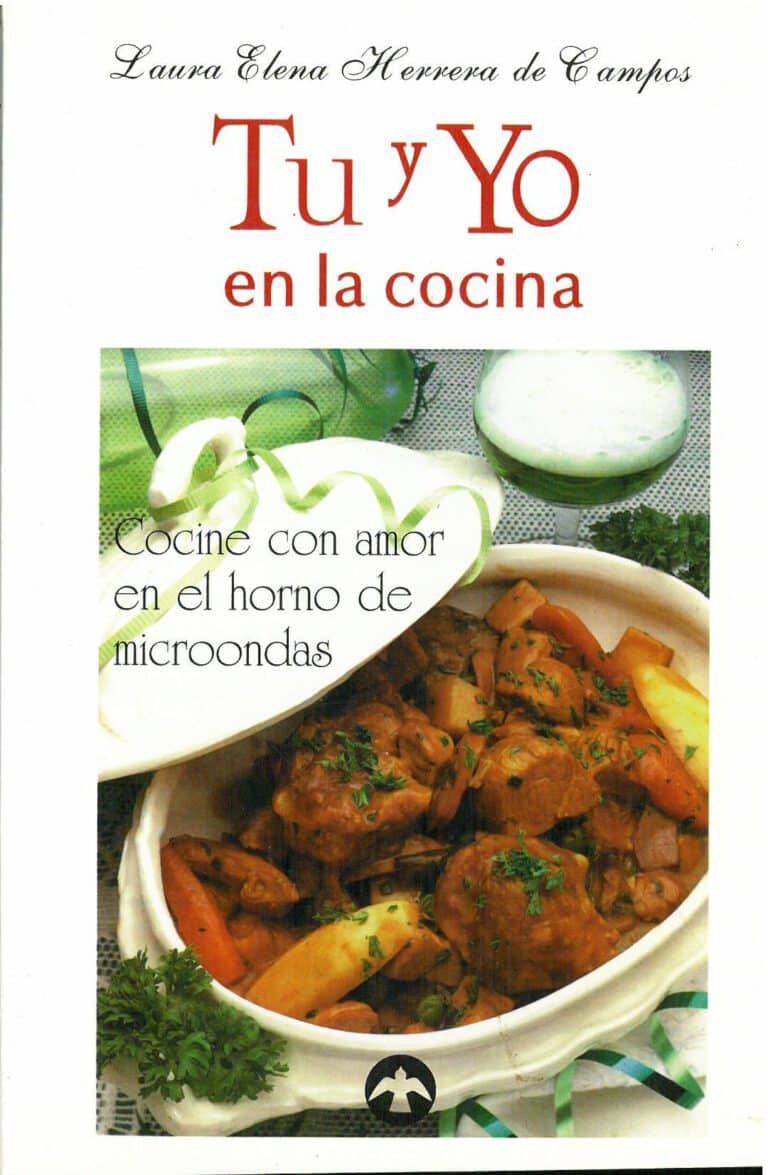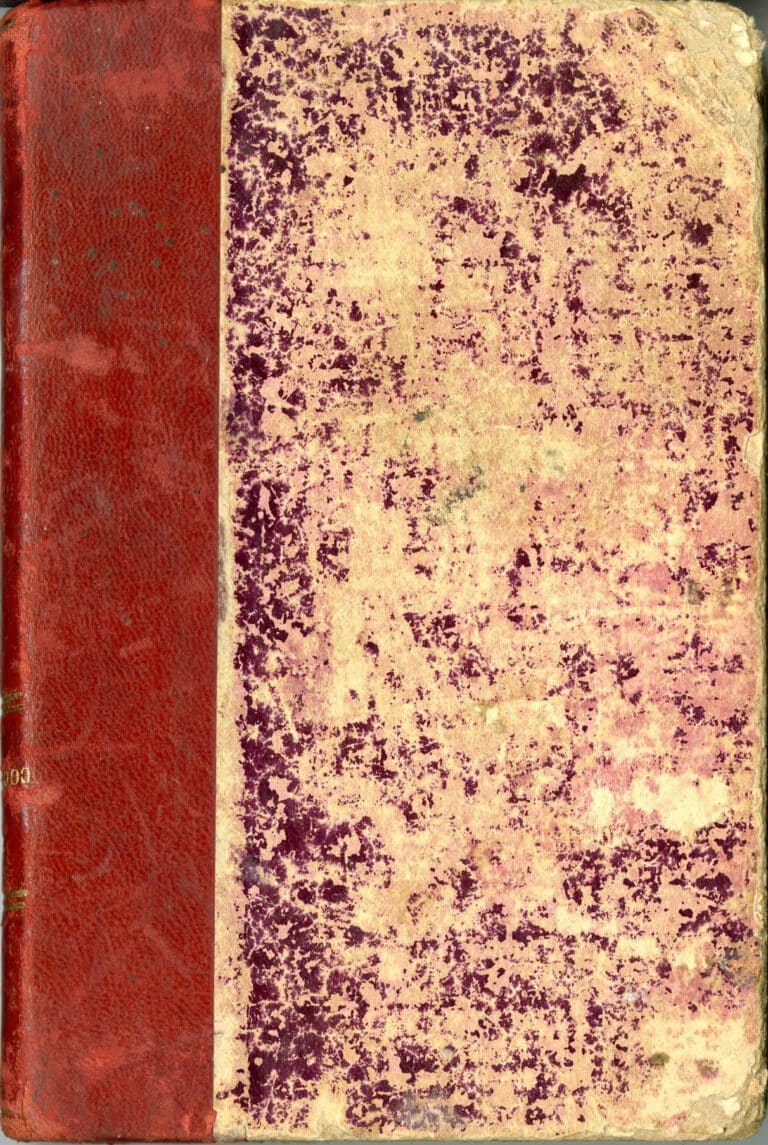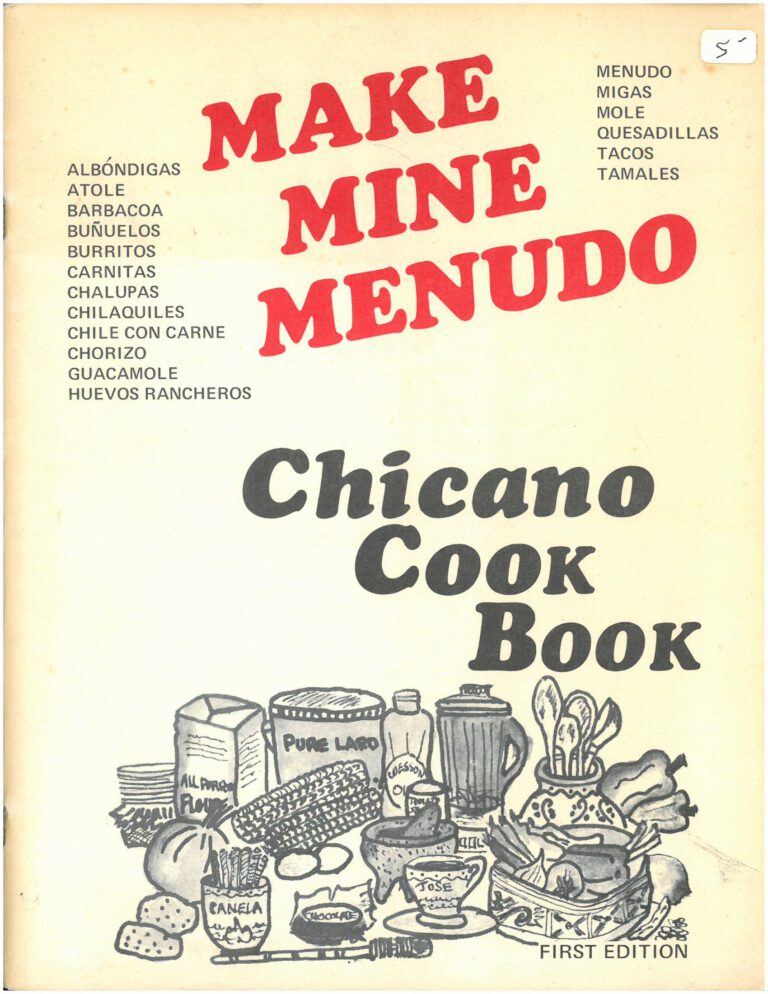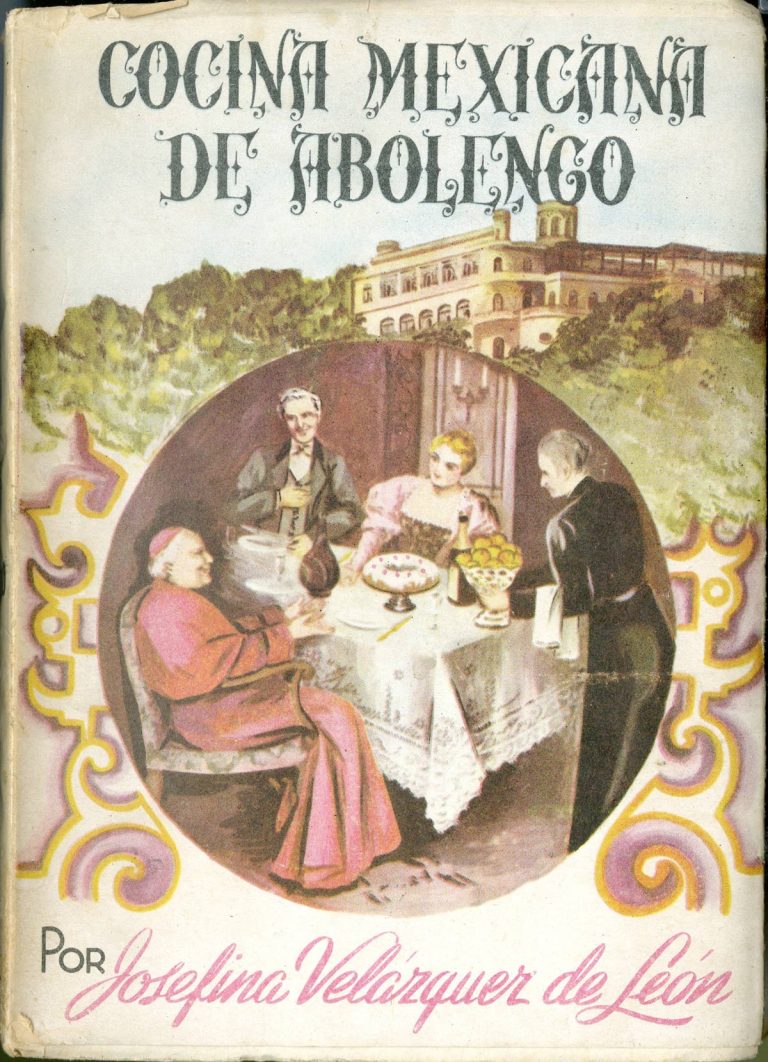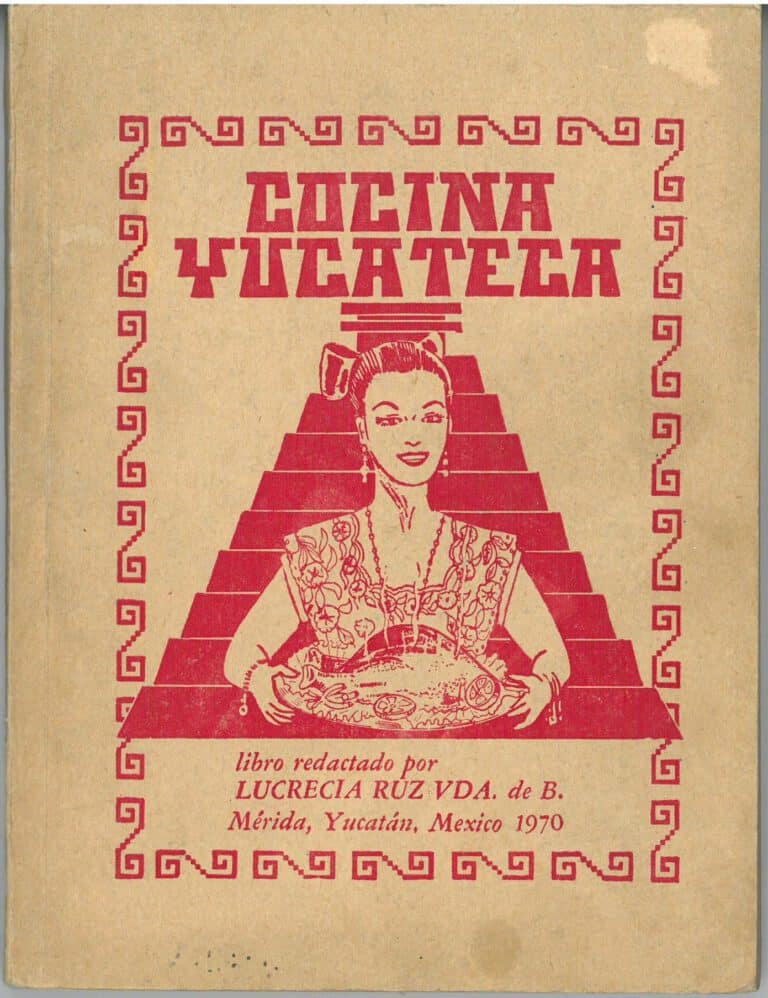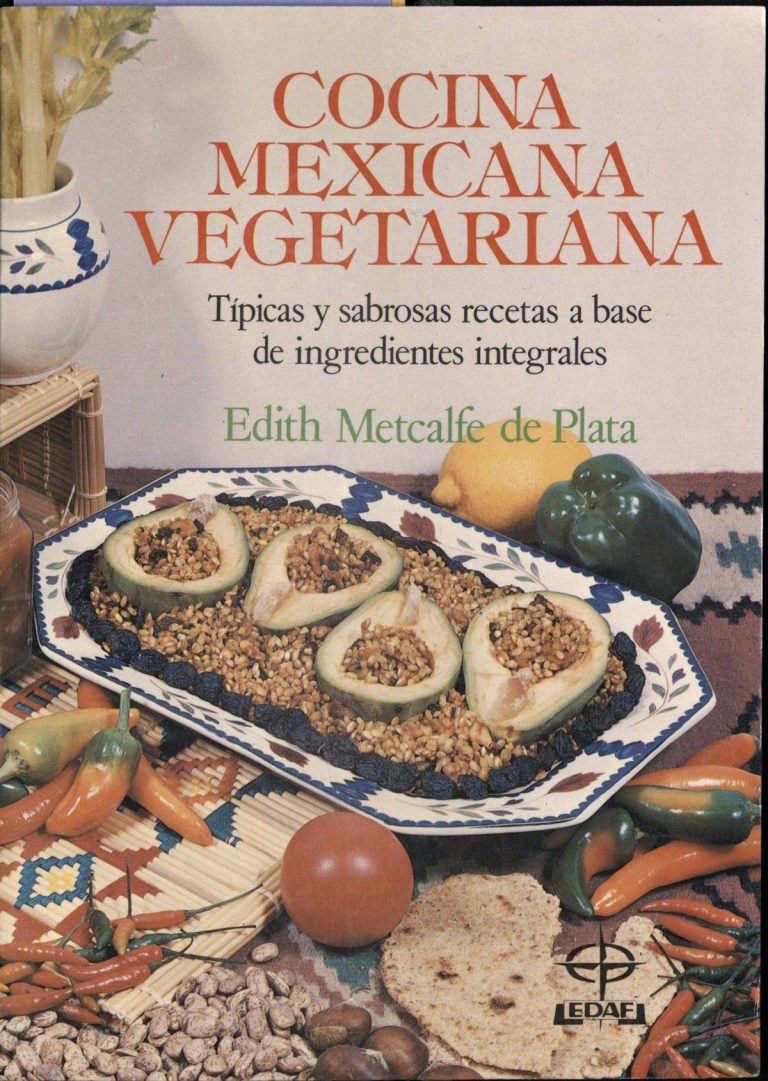Mole Prieto 1890’s (Dark Mole)
La Cocina en el Bolsillo Nos. 5 & 6. Antonio Vanegas Arroyo, [1890s]. [TX716 .M4 C675].
This week, we continue exploring the series La Cocina en el Bolisillo. Volumes 5 and 6 both focus primarily on main courses, such as guisado de asadura (organ meat stew), chiles rellenos (stuffed peppers), bisteck á la marinera (beefsteak with salsa, capers, and radishes), and Pipian de nuez (chicken pipián with pecans). However, each volume also includes a short section on desserts at the end, including such delicacies as Crepes, Yemas encaneladas (an egg-based candy rolled in sugar), and Conserva de chabaganos (apricot preserves). Below is a mole recipe from No. 5 and a recipe for Leche Lisa from No. 6.
Mole Prieto / Dark Mole
Se tuestan los chipotles después de desvenados, hasta que se pasen, pues casi deben quedar quemados. Se echan á remojar en agua caliente y se muelen con un trocito de ajo y muy pocos cominos. Se muele aparte un puño de ajonjolí tostado y unos cacahuates fritos: se frie en manteca el ajonjolí y los cacahuates y cuando esté bien frito se echa el chipotle á que se refria bien, agregándolo el agua suficiente y sazonándolo de sal. Se le echa en seguida carne de puerco frita aparte ó si se prefiere, se puede hacer con longaniza, con carne de ternera ó con pollo, quedando de todos modos muy bueno.
After deveining the chipotle chiles, toast them until almost burnt. Rehydrate in warm water and then grind with garlic and some cumin. Separately, grind a handful of toasted sesame seeds and fried peanuts. In lard, fry the sesame seed and peanut mixture. When well cooked, add the chipotle chile mixture and cook well, adding water as needed and seasoning with salt. Then add cooked pork, or if you prefer, sausage, beef, or chicken, all of which are very good.
Leche Lisa
Se ponen á hervir dos reales de leche pero con bastante fuego para que el hervor sea fuerte, después de una hora de estar hirviendo se le pone un vaso de agua fría en que se habrá desecho un pedazo de tequesquite blanco del tamaño de una avellana, y se deja hervir hasta que toma punto de cajeta, que es cuando al moverla con la cuchara se vé limpio el fondo del caso, entonces se pone en el platón la mitad de la leche, una capa de soletas y encima la otra mitad; adornándola, cuando ya está fría, con polvo muy fino de azúcar blanca y piñones.
Bring two reales worth of milk to a boil and simmer for an hour. Dissolve a piece of white tequesquite the size of a hazelnut into a glass of cold water and add it to the milk. Bring to a boil again and cook until the milk thickens to the point that when you pull a spoon through it, you can clearly see the bottom of the pan. Then, pour half the milk onto a serving platter, top with a layer of ladyfingers, and then finish with the other half of the milk, adorning the aoil until caramel decision point, when to move to the merits spoon looks clean, then put the bowl in half the milk, a layer above soletas and the other half. When it is cold, decorate with very fine powdered white sugar and pine nuts.
Note: Tequesquite is a mineral salt used as leavening in Mexican cooking. Baking powder may be substituted. [1]
Works Cited
[1] Fromm, Dan, The Great Mexican Cookbook in the Sky: México’s National Community Cookbook [unpublished manuscript, draft]: 898.

